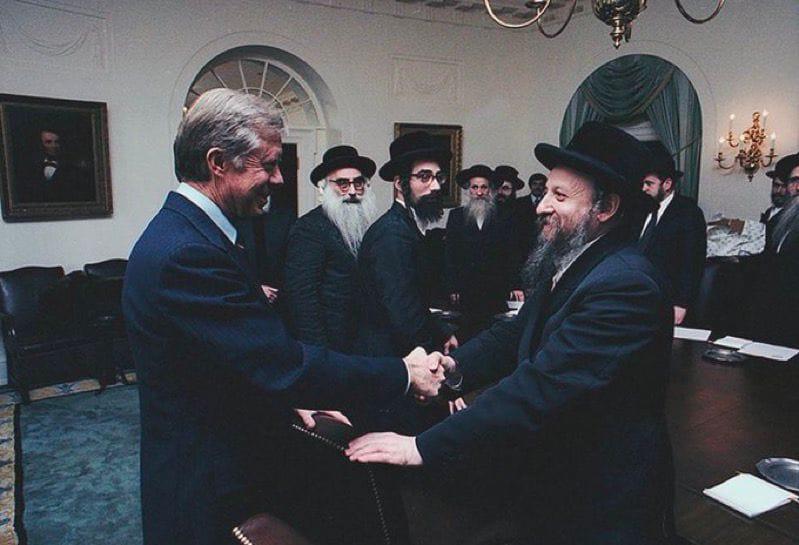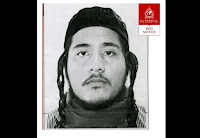Israeli forces arrested the director of the last major hospital operating in northern Gaza and accused him and his staff members of being Hamas terrorists.
Dr. Hussam Abu Safiya has repeatedly criticized the Israel Defense Forces’ actions, including in opinion pieces he wrote for the New York Times.
He was among the more than 240 people arrested at Kamal Adwan Hospital by the Israeli military on Saturday on suspicion of being a “Hamas and Islamic Jihad terrorist,” the IDF said.
“We do not know the fate of Dr. Hussam. He was actually threatened by the army as soon as they arrived at the hospital,” nurse Rawiya Al Batsh told CNN.
The IDF said it conducted a raid on the hospital because it was allegedly being used as a shelter by terrorists looking to escape Israel’s bombardments in northern Gaza against their bases.
The Israeli military described the health facility as “Hamas’s last bastion in Jabalia,” which had last been cleared by the military in late October after Safiya’s predecessor was arrested and admitted to being a Hamas commander.
Prior to the raid, the IDF facilitated the evacuation of 350 patients, caregivers and staffers in the hospital, Israel said. Soldiers then entered the hospital and forced everyone remaining to leave.
While few weapons were found in the hospital, the IDF said a rocket was fired from the building and 19 terrorists were killed in the skirmish.
The Hamas-run ministry of health, however, said about 50 people were killed in the fighting, including medical staff. The health ministry does not differentiate between civilians and terrorists in its tallies.
Safiya said in a post on social media that the IDF was besieging the hospital, with the Israeli military screening nearly 950 people as they emptied the building.
Of the 240 people arrested, the IDF claims at least 15 were terrorists who took part in the Oct. 7 massacre that left more than 1,200 people dead in Israel.
Several staffers who were evacuated from the hospital told CNN the IDF soldiers forced everyone to strip naked for inspection and beat those who refused.
“The detention of suspects involved in terrorism, their arrest, and the search conducted on their bodies were carried out in accordance with international law,” the IDF said in a statement.
Safiya’s whereabouts remain unknown following his arrest on Saturday, triggering outcry from humanitarian groups who slammed the raid as effectively shutting down the last major hospital in war torn northern Gaza, where the IDF continues to struggle to eradicate Hamas.
Safiya’s last guest essay from the Times was published earlier this month and centered on him being one of the last doctors working at the Kamal Adwan hospital, pleading for help.
Hamas has called on the United Nations to investigate the arrests and shutdown of the Kamal Adwan Hospital.
“We demand the sending of international observers to these facilities to ascertain the truth of what is happening and to refute the lies and claims of the occupation regarding their use for military purposes,” the terror group said in a statement.
The patients who were evacuated from Kamal Adwan were moved to other hospitals, which Gaza health officials said are not equipped to handle their needs.
Many have criticized the operation against the hospital as a method to evacuate northern Gaza, which the IDF has repeatedly denied.








